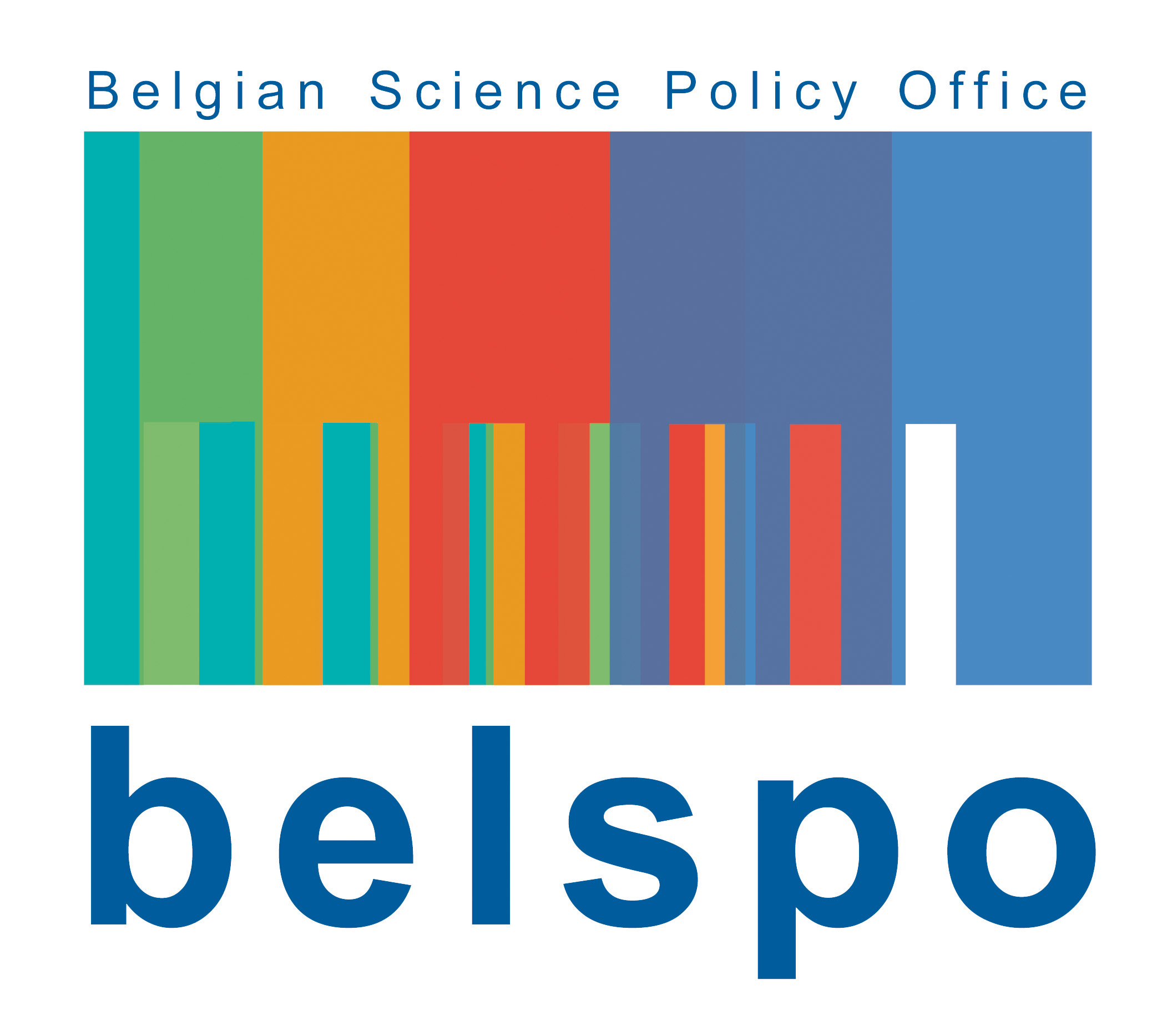Work package 3: Protein targets for combating bacterial resistance (Partners P1, P2, P3, P5, P6, INT2)
The "golden age" of antibiotics is over since several years. As new drugs are introduced, there is usually only a short time before resistance emerges.
In this context, identification of new innovative drugs as well as new targets is desperately needed [17].
As new targets are considered and older ones revisited, new methodological approaches and strategies have being developed. Target-based high throughput screening has been disappointingly unsuccessful for antibiotic research. Now, the antibacterial drug discovery field takes new interest in screening for synthetic inhibitors by targeted approaches including structure-based design, searching for new natural product leads from different sources (such as antimicrobial peptides (AMP)) and analyses of focused libraries (such as envisaged by the fragment-based screening (FBS)) [18, 19].
Bacterial cell-wall peptidoglycan (PG) biosynthesis is a well-established and still valuable target for antibacterial chemotherapy.
In early steps, PG biosynthesis requires the translocation of glycan precursor units across the cytoplasmic membrane.
This translocation event necessitates a particular lipid carrier, undecaprenyl phosphate (C55-P) and inhibition of C55-P synthesis causes rapid cell lysis.
C55-P originates from the dephosphorylation of undecaprenyl pyrophosphate (C55-PP). Two unrelated families of proteins exhibiting C55-PP phosphatase (UppP) activity have been identified: BacA family and PAP2 (type 2 phosphatidic acid phosphatase) super-family [20, 21, 22].
For example,
Escherichia coli possesses four C55-PP phosphatases: one BacA enzyme and 3 PAP2 enzymes (PgpB, YbjG and YeiU). Search for putative homologues in databases shows that putative UppP from both families are widely spread among Gram-positive and Gram-negative bacteria. Moreover, it has recently been shown that the YeiU enzyme could catalyze the phospho-transferase reaction onto lipid A, the lipidic moiety of lipopolysaccharide (LPS) [22, 23]. The multiplicity of the C55-PP phosphatases and their potential implication in phospho-transfer reactions highlight the importance of those enzymes in the regulation of cellular activities.
The acquired knowledge on those specific C55-PP phosphatases enzymes could potentially be exploited further in a search for new antibiotics.
In later steps, polymerization of the PG macromolecule is carried out by class A Penicillin-Binding Proteins (PBPs) via their glycosyl transferase (GT) and transpeptidase (TP) activities.
Bacterial GTs of family 51 catalyze the polymerization of linear peptidoglycan strands using the lipid II precursor as substrate.
The GT function represents a validated target for the development of new antibacterials. Crystal structures of GT domains and their complexes with moenomycin A, the only known natural inhibitor of GTs, have been determined [24, 25, 26].
Recently we have discovered different classes of new molecules (substrate analogs -described in Form D-Task 3.2- and small molecules) able to inhibit the GT activity and other inhibitors are likely to be discovered during this project.
The last step in PG assembly involves transpeptidation reactions which lead to peptide cross-bridges between units of pre-assembled glycan chains.
Different types of peptidoglycan transpeptidases called penicillin-binding proteins (PBPs) have been identified [27, 28].
PBPs fulfil the criteria for good therapeutic targets since β-lactam antibiotics, the most used and successful drugs against bacteria, are their primary inhibitors.
However, bacteria have exhibited a remarkable capacity to become resistant to ß-lactams by different ways.
In Gram-positive pathogens resistance towards this family of antibiotics is generated mainly by mutations or acquisition of a new low-affinity PBP (resistant PBP or rPBPs) able to fulfil the role of all other PBPs, as described in
Enterococcus sp and methicillin-resistant
Staphylococcus aureus, respectively.
This mechanism of resistance represents a major health threat. To date, β-lactams reported as being active against rPBPs are all based on the cephalosporin or penam/penem moiety, i.e. strained 2-azetidinone rings 1,4-fused with a medium ring (5- or 6-membered cycles) and containing a carboxylic acid function [29].
In the context of IAP P6/19, an original approach for discovering new antibiotics has been proposed. The strategy was based on the β-lactam moiety embedded in a flexible macrocycle allowing conformational adaptability of the molecules in the active site of PBPs.
The first lead compounds are highly active against rPBPs [30, 31, 32].
The efficacy of those innovative molecules invalidates all common dogma in the field of penicillins (cyclic strain, small fused cycles, and carboxylic acid function) and deserves further developments.
Another very common mechanism developed by bacteria in the β-lactam resistance is the production of enzymes that efficiently hydrolyze β-lactam compounds, the β-lactamases (BLs). These proteins belong to 4 different classes (A, B, C, D) [33].
Resistant bacteria expressing class D β-lactamases with a carbapenemase activity are more and more often isolated in hospitals [34].
Because carbapenems are among the commonly antibiotics used against multi-resistant nosocomial strains, class D carbapenemases pose an increasingly frequent threat and constitute therefore a valuable target in new antibiotic search.
Bibliography
[17] Wright G. D. (2010), BMC Biology, 8, 123-128.
[18] Parisien A. et al., (2008), Journal of Applied Microbiology, 104, 1–13.
[19] Brötz-Oesterhelt H., (2010), Future Microbiol. 5, 1553–1579.
[20] Bernard et al., (2005) J Biol Chem 280, 28852-28857.
[21] El Ghachi et al., (2004) J Biol Chem 279, 30106-30113.
[22] Touzé et al., (2008) J Biol Chem 283, 16573-16583.
[23] Touzé et al., (2008) Mol Microbiol 67, 264-277.
[24] Lovering et al., (2007) Science 315, 1402-1405.
[25] Sung et al., PNAS, (2009) 106, 8824-8829.
[26] Heaslet et al, (2009), J Struct Biol., 167, 129-135.
[27] Tomasz, A. (1979) Ann. Rev. Microbiol. 33, 113-137.
[28] Sauvage, E. et al., (2008) FEMS Microbiol Rev, 32, 234-58.
[29] Guignard B. et al., (2005) Curr. Opin. Pharmcol., 5, 479-489.
[30] Sliwa A., et al. (2010) Tetrahedron, 66, 9519-9527.
[31] Sliwa A., et al. (2011a) Med. Chem. Comm, submitted.
[32] Sliwa A., et al. (2011b) Chem. Asian, in press.
[33] Bush, K., et al. (1995) Antimicrob. Agents Chemother., 39, 1211-33.
[34] Livermore D.M. (2009) J. Antimicrob. Chemother. 64 Suppl 1:i29-36.
For more details, go to
the detailed WP3 project
Go to WP1
Go to WP2
Go to WP4
Go to WP5
Go to WP6

